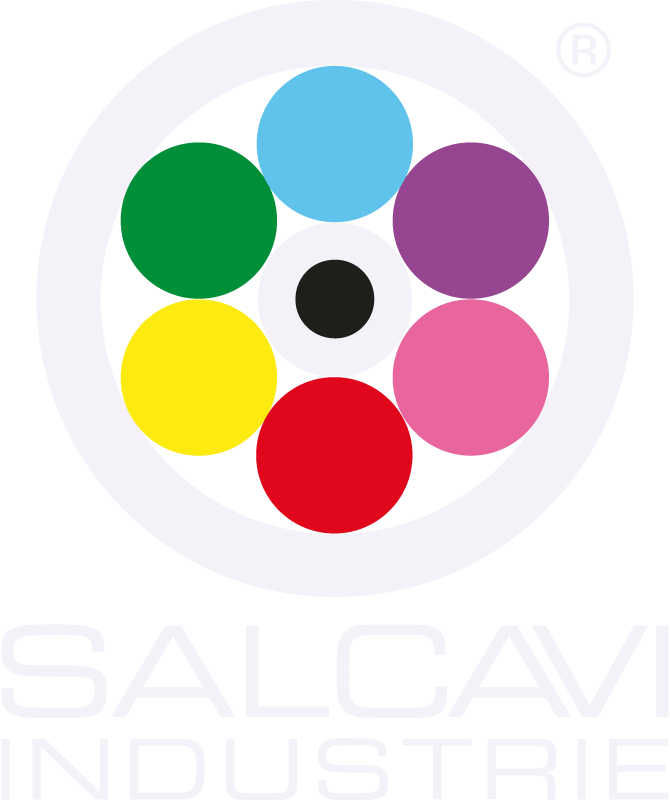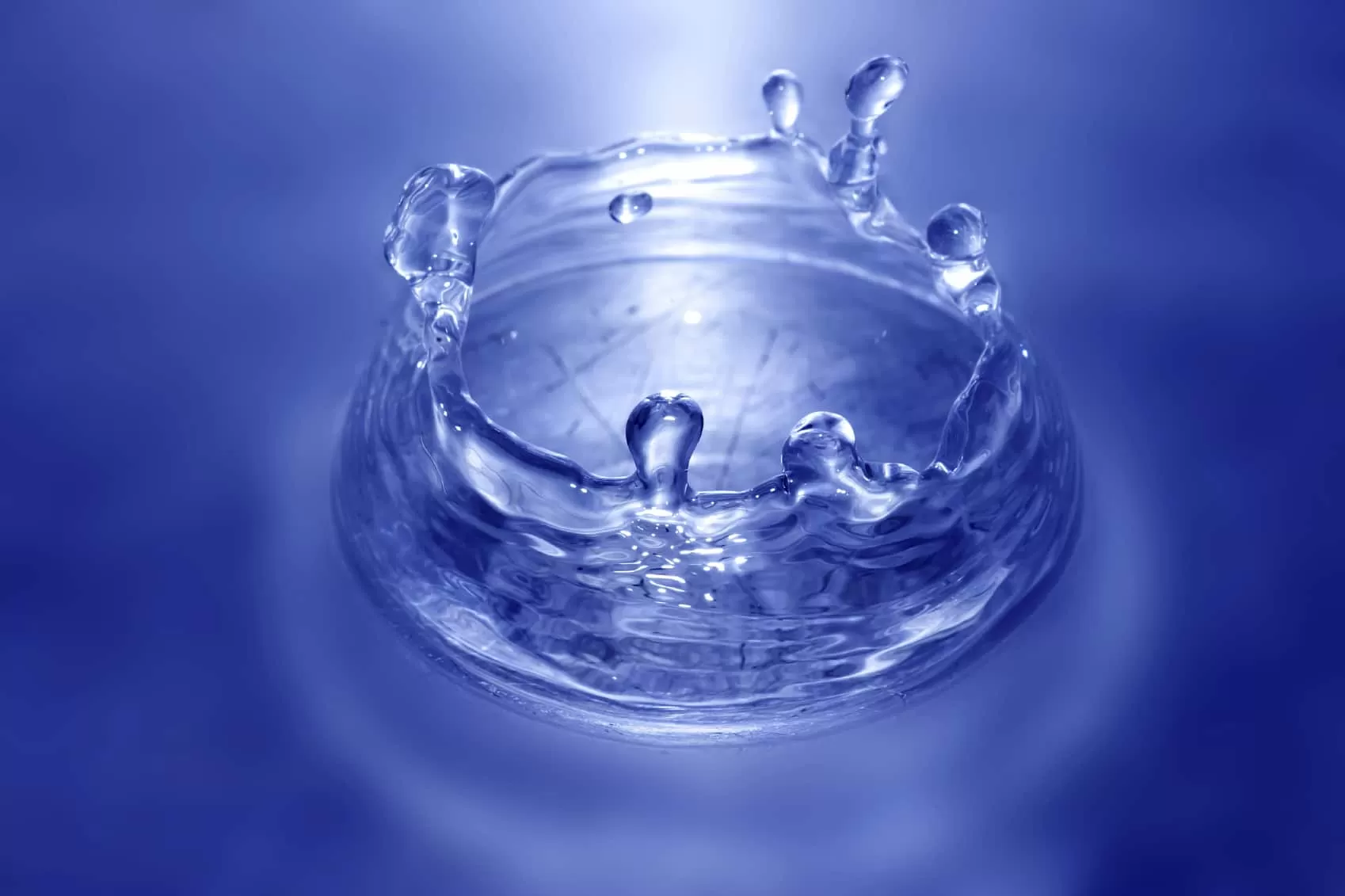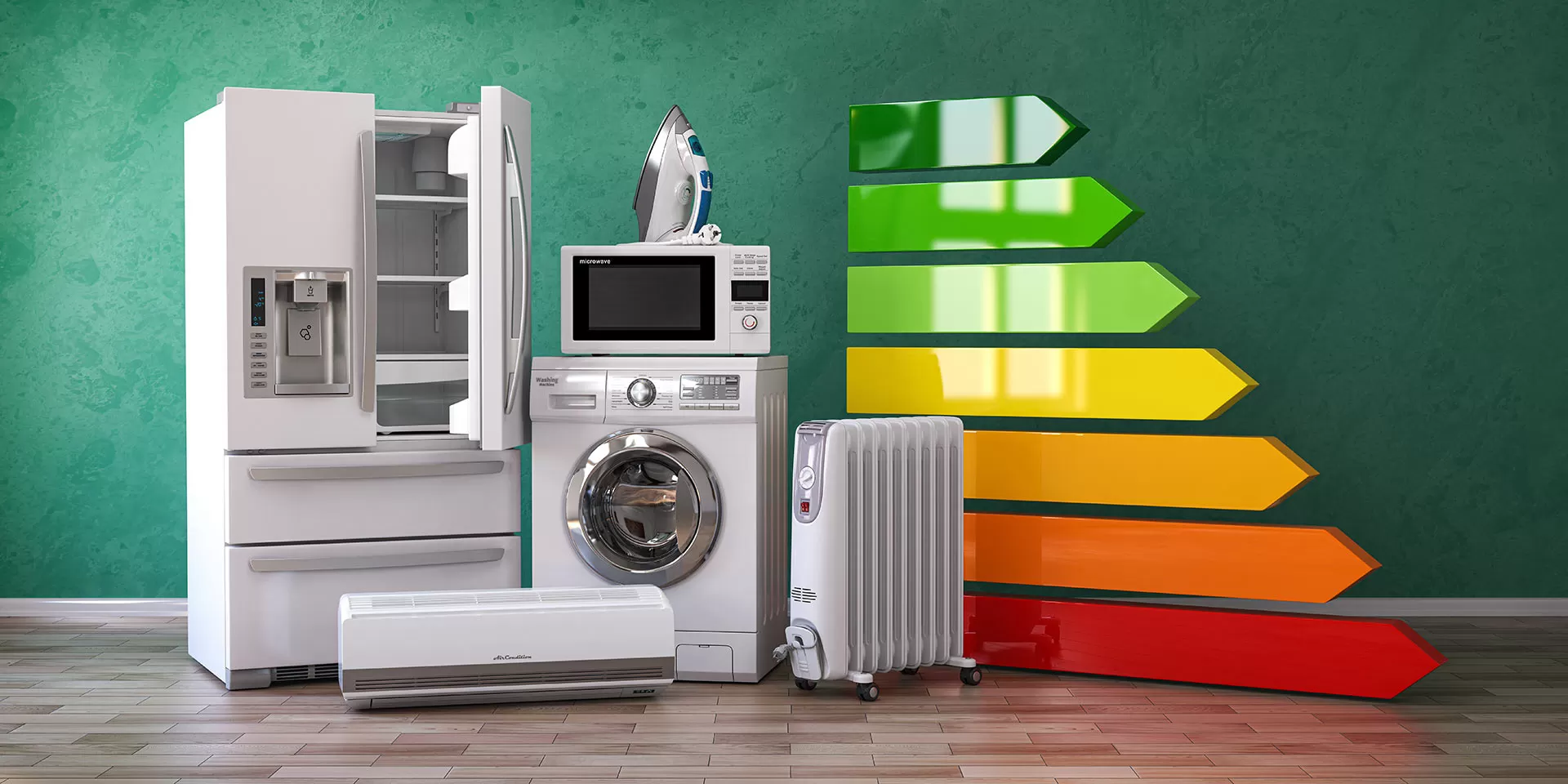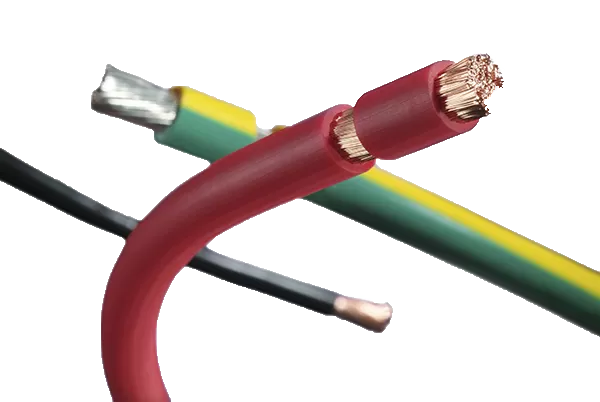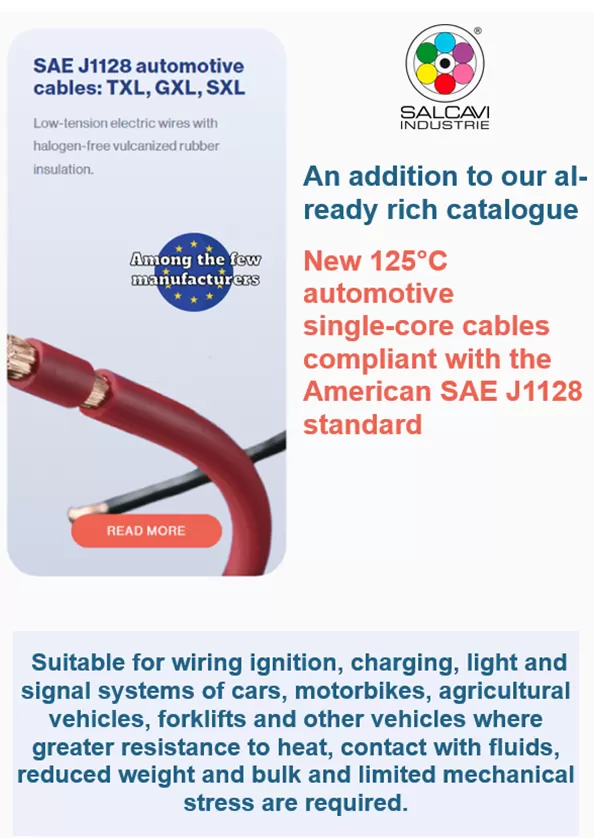1980 - 2025
Leader in the world of cables
The History of Salcavi
For 45 years we have been moving forward, focused on the pursuit of continuous improvement throughout our business, to ensure that we are always able to guarantee consistently high quality, and reliability, across all our products and services.
Thanks to many successful years of collaboration with our customers, we have gained vast experience of the potential issues inherent in the processing of cable with automatic machines.
